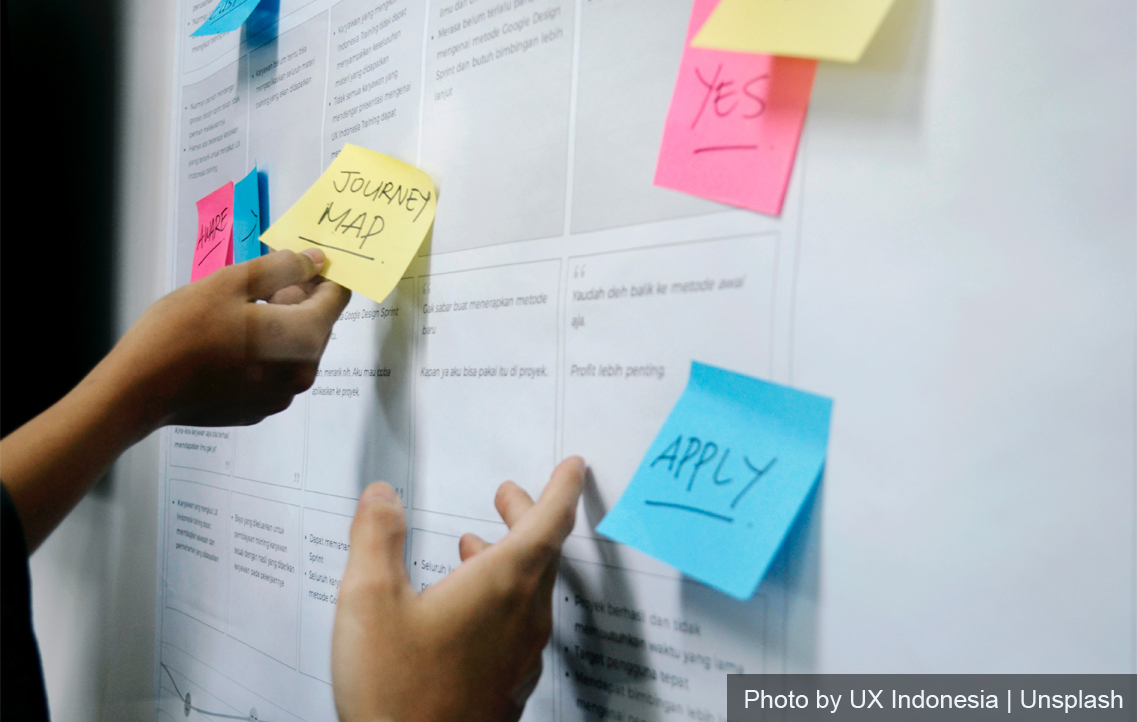
The sudden change in the succession plans of the Singapore leadership draws attention to the role of unpredictability in politics. A measure of unpredictability must be factored into the functioning of a healthy democratic system. By democracy, I mean the degree and effectiveness of popular participation in and contribution to the formulation of national policies and goals. Democratic politics without surprises is not politics: It is administration. However, if democratic politics throws up nothing but surprises, it is no more than a social accident. A democracy needs a fundamental continuity of ends, combined with flexibility of means, in order to survive.
Deputy Prime Minister Heng Swee Keat’s decision last month to step aside from the eventual succession to Prime Minister Lee Hsien Loong, and the Cabinet reshuffle that followed soon after, alerts Singaporeans to the need to prepare for interruption or even disruption in the way in which the political system functions and political processes are planned. The key issue following Mr Heng’s decision is the need to visualise the way in which collective leadership, which lies at the heart of the Cabinet system in a Westminster democracy, can continue to function in Singapore. But that functioning depends in turn on how Singapore remains a cohesive polity.
Scenario planning can make a contribution to the visualisation of Singapore’s future. According to Jay Ogilvy writing for Forbes, scenarios are “alternate futures in which today’s decisions may play out. They are stories with beginnings, middles and ends. Good scenarios have twists and turns that show how the environment might change over time.” Ogilvy adds that a “good set of scenarios should always be customized to a particular context”. Context is essential. No one can formulate a single scenario that will apply equally and simultaneously to America and Afghanistan, for example, or Thailand and Tanzania, or Slovenia and Singapore.
No less important is the idea that scenario planning is not seamless across sectors. Corporate scenario planning seeks to keep companies (which essentially are temporary camps of migratory capital) intact against challenges from predatory companies by reading market developments and trends accurately and preemptively. By contrast, national scenario planning is geared towards preserving diverse economic and social interests within a country against interests outside the country which may be inimical to the collective identity of the nation.
Political parties, players and activists, journalists and, of course, citizens at large play a critical role in responding to change. The Singapore Government, on its part, plans scenarios all the time. However, non-governmental organisations, too, can make a difference to the visualisation of Singapore’s future. For example, policy-centred institutions such as the Institute of Policy Studies (IPS) possess the scholarly resources and academic methodology with which to shine unsentimental light on the implications of coming change for the body politic.
In that spirit, IPS organised the Prism Project of 2012, which used the scenario planning method to encourage participants to look beyond passing events and identify the deep driving forces that would shape the future and suggest how Singapore would govern itself in 2022.
No, the Prism discussions did not predict Mr Heng’s announcement this year. How could they have done so? Scenario planning is not about predictions but about the known and knowable bases on which to make any kind of prediction. For me, a participant in those impassioned Prism discussions that occurred almost a decade ago, the chief takeaway was Singapore’s palpable transition from an era in which the state built the nation to one in which that nation was rebuilding the state. Prime Minister Lee Kuan Yew’s authoritarian governance had laid strong state-centric foundations for Singapore. Prime Minister Goh Chok Tong’s consultative governance anchored the previous model in the seas of political change by increasing the nation’s participation in the state. Heir to two living traditions, Prime Minister Lee Hsien Loong has retained both Mr Lee’s authoritative style and Mr Goh’s consultative instincts. The next Prime Minister will have to carry three political torches forward. He can do so only with the support of his Cabinet and party colleagues and of Singaporeans at large, who must approve largely of the direction in which he is taking the country. The nation must continue to rebuild the state.
How this could occur must engage scenario planners. What has changed in the past decade? What could be expected to change in the next one? How should Singaporeans question their present assumptions? What mental models should they adopt for the medium term? Which strategies would guide them best through uncertainties? How might society remain resilient as the nation continues to remake the state?
These are some of the issues that scenario planners need to engage. Almost a decade after Prism, IPS has launched a year-long scenario-planning exercise whose theme is “Reimagining Singapore 2030”. The exercise will gather views from global thinkers and Singaporeans both within and outside the country in order to develop scenarios that, after a series of discussions and national conversations, would culminate in policy suggestions or action plans.
The race to imagine the future is on.
The author is co-general editor of the Singapore Chronicles series published by IPS and The Straits Times Press.
Top photo from Unsplash.
